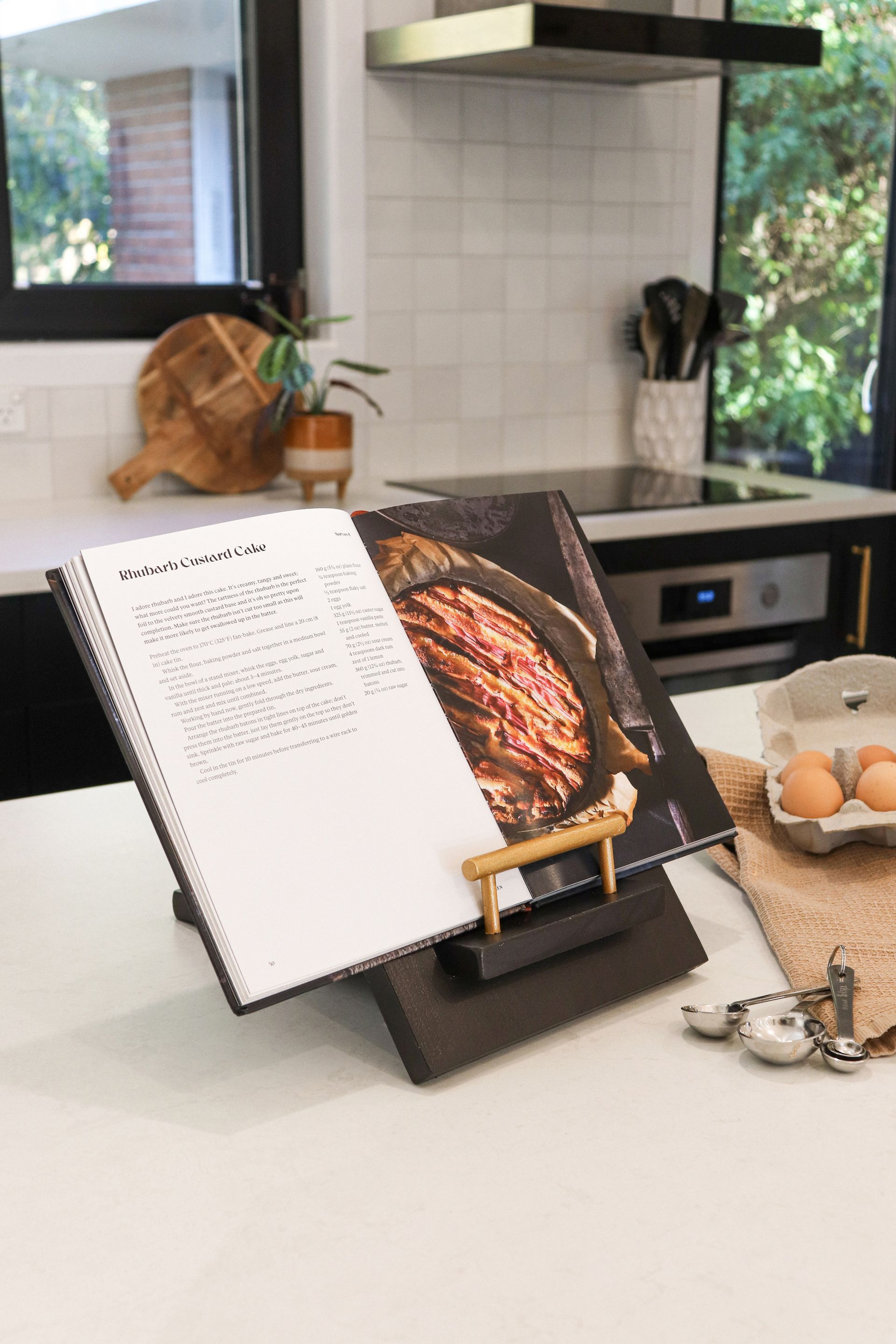You can’t help but feel inspired hearing Cassandra Slumskie speak of bringing heart to the recruitment sector, and the success that’s followed. Driven by a need to serve businesses and candidates with values and ethics, her refreshing approach has not only seen Trinity Employment thrive, but make plenty of waves in the sector.
After a number of years working in recruitment and people management, Cassandra Slumskie noticed something wasn’t right. ‘I found it really hard to be a part of business where I was not able to offer another level of support for people. It was less heart focused, and more transactional. It really showed me what I wanted to do differently.’
Growing up on a farm in Fairlie, and at the time, running a dairy farm with her husband Jake, Cass knew agriculture recruitment was an industry that was close to her heart, and where she could make an impact. During the lockdown of 2020, Cassandra’s vision to approach candidate and client management from a place of kindness and understanding became Trinity Employment Services.
‘I just knew when I started Trinity I wanted to do things differently. And I had such massive support right from the start, from my peers, other business owners that aligned with my vision, and my husband.’
In those two years, Cass has onboarded staff and formed partnerships with those who share her vision and today, Trinity Employment Services is thriving with a team of 14. ‘We’ve had massive growth. The people who are on our team have certainly contributed to that. We wouldn’t be where we are today without the people that we brought on early on.
‘I think a lot of businesses within the industry refused to pivot with Covid. But because we started in the middle of Covid, that’s how the business was formed – it was dealing with those challenges and finding other solutions and working with employers a little more closely.’ What started out to be a focus on agriculture recruitment quickly expanded to offer recruitment in general industries, as well as immigration and human resources. ‘In many cases, our clients come to us because they’re very time-poor and already short-staffed, so the idea of having to do the recruitment process is overwhelming.
‘Being able to go out on a farm with clients and they know we understand what they’re going through because we’ve been there, and just watching the weight come off their shoulders, I can’t really explain how amazing that is.’ When it comes to onboarding candidates, the work doesn’t stop after the initial placement for Cass and her team. ‘We stay in touch with the successful candidate and the employer and make sure everything’s good and if there are any issues, we’ll help work through those because we believe that’s part of it.’
Since its inception in 2020
Trinity Employment has grown to
be a team of 14, each new member
as passionate about the business as
founder Cassandra Slumskie (opposite).
Pictured, from left to right are Rike Struss, Brooke Tait and Chris Ford.
Offering immigration services to the business was a natural progression for Cass, with Jake having gone through the process himself when he moved from Canada to New Zealand to work as a dairy farmer. ‘We can empathise and do our best to help them,’ explains Cass. ‘Quite often our candidates will need a new visa to go with the new job, or a variation to an existing visa.
Sometimes people just don’t know what they’re eligible for, and after a conversation with us will find they are eligible for residency and it’s pretty cool to be a part of that. ‘If we can help someone get residency, it means they can plant that tree in their garden, they can start planning to have a family. To be [such a big part] of people’s lives, that’s really special.’
Looking to the future, Trinity Employment has been working towards becoming B Corp certified, the only recruitment and immigration firm in the South Island to do so. ‘We were really happy when we first found B Corp, because a lot of it is already what we’re doing. I didn’t do any of this on purpose, but I did it because that’s what I thought businesses should be. It’s a really exciting journey that we are on.’
Recent stories



All Rights Reserved | CountryWide Media


